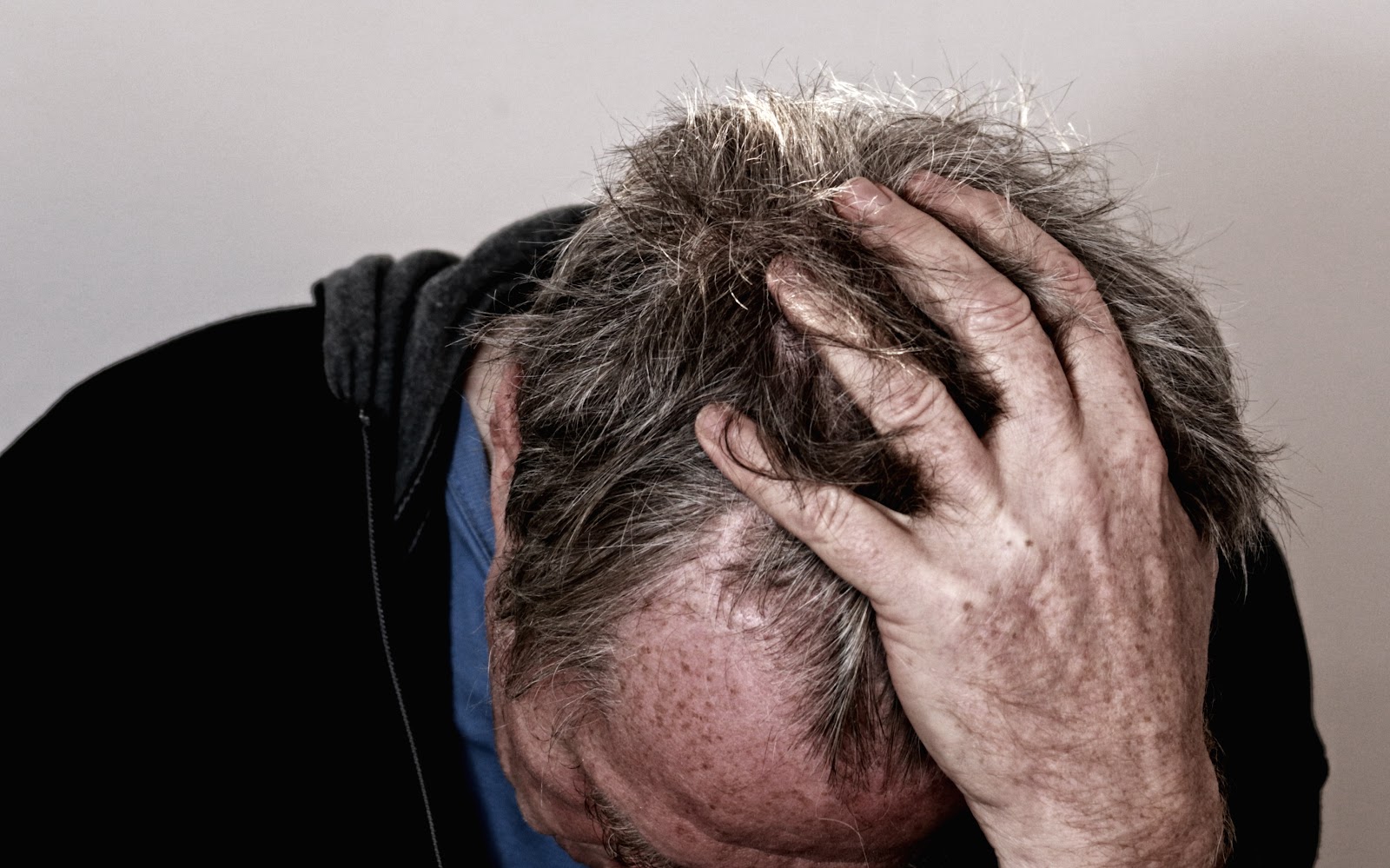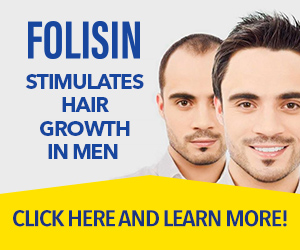1. Minoxidil
Minoxidil is a medication applied topically to the scalp, used to treat hair loss (also known as alopecia) in both men and women. It increases blood flow and nutrient supply to hair follicles, promoting hair growth. It is available over the counter and can be combined with other treatments. It is most effective in the early stages of hair loss and may take several months to see results. Common side effects include itching and skin irritation.
2. Finasteride
Finasteride is a prescription medication used to treat male pattern baldness (androgenetic alopecia) by blocking the action of an enzyme called 5-alpha-reductase, which converts testosterone into DHT (a hormone that shrinks hair follicles and causes hair loss). It is taken orally in the form of a tablet and can slow down or stop hair loss, and in some cases, may regrow hair. It is most effective in the crown and mid-scalp area, and results may take several months to appear. Common side effects include decreased sex drive and erectile dysfunction, which typically go away when the drug is stopped. Finasteride is not recommended for women who are pregnant or may become pregnant.
3. Platelet-rich plasma
Platelet-rich plasma (PRP) is a treatment for hair loss that involves using the patient's own blood, which is processed to concentrate the platelets. The concentrated platelets are then injected into the scalp, where they release growth factors that stimulate hair growth. PRP therapy has shown promise for promoting hair growth, particularly in combination with other treatments like minoxidil and finasteride. It is a relatively new and evolving treatment, and further studies are needed to determine its long-term effectiveness and safety. It is usually done in a series of 2 to 6 treatments, spaced 4 to 6 weeks apart. Pain, swelling, and redness are possible side effects, but they typically resolve within a few days.
4. Low-level laser therapy
Low-level laser therapy (LLLT) is a treatment for hair loss that involves exposing the scalp to low-level, or "cool," laser light. Laser light is thought to increase blood flow and cellular metabolism, promoting hair growth and slowing down hair loss. LLLT is usually done using a handheld device that is combed through the hair, or a helmet-like device that covers the scalp. A typical session lasts 15-30 minutes, and a series of 10 to 12 treatments is usually recommended. LLLT is generally considered safe, with few side effects, but its long-term effectiveness for treating hair loss is still being studied. Some people may experience temporary scalp redness and itching after a treatment, but these side effects usually resolve within a few hours.
5. Hair transplant surgery
Hair transplant surgery is a cosmetic procedure to treat hair loss by transplanting hair follicles from one part of the scalp to another. The most common type of hair transplant surgery is called follicular unit transplantation (FUT), where a strip of scalp containing hair follicles is removed and then dissected into individual grafts, which are then transplanted to the thinning or balding area. Another type of hair transplant surgery is called follicular unit extraction (FUE), where individual hair follicles are extracted and transplanted one by one. Hair transplant surgery can produce natural-looking results, but it is a long, invasive procedure that requires several months of recovery and multiple follow-up appointments. It can be expensive, and the transplanted hair may fall out temporarily before regrowth occurs. Possible side effects include scarring, infection, and poor healing, which may result in an unnatural-looking hairline.
6. Scalp micro needling
Scalp micro-needling is a cosmetic procedure that involves using a device with fine needles to create tiny punctures in the scalp, stimulating the skin's natural healing response and promoting hair growth. The procedure is thought to increase blood flow, cell metabolism, and the release of growth factors, which can improve the health of hair follicles and promote hair growth. Scalp micro-needling is usually done in a series of 2 to 6 treatments, spaced 4 to 6 weeks apart. It is a minimally invasive procedure that can be done in a doctor's office or at home with a derma roller or a handheld device with microneedles. Possible side effects include pain, swelling, redness, and infection, which can usually be managed with topical creams and pain relievers. The long-term effectiveness and safety of scalp micro needling for treating hair loss are still being studied, and more research is needed to determine its optimal frequency, duration, and needle length.
7. Nutritional supplements
Nutritional supplements for hair loss may include vitamins, minerals, and other nutrients that are important for healthy hair growth. Some commonly used supplements for hair loss include biotin, iron, vitamin D, and Omega-3 fatty acids. Biotin is a B vitamin that helps form the building blocks of hair, skin, and nails, and a deficiency can lead to hair loss. Iron is important for carrying oxygen to the hair follicles, and a deficiency can cause hair loss. Vitamin D helps the body absorb calcium, which is important for healthy hair growth, and a deficiency can cause hair thinning. Omega-3 fatty acids are important for the health of the scalp and hair follicles, and a deficiency can cause hair loss. It is important to talk to a doctor before starting any supplement regimen, as some supplements can interact with other medications or have side effects. Supplements should not be used as a substitute for a balanced diet, and their effectiveness in treating hair loss is still being studied.
8. Topical treatments
Topical treatments for hair loss are creams, lotions, or serums that are applied directly to the scalp to promote hair growth. Some common active ingredients in topical treatments include minoxidil, which is a vasodilator that promotes blood flow to the hair follicles, and finasteride, which is an anti-androgen that blocks the production of the hormone responsible for male pattern baldness. Topical treatments can be used alone or in combination with other treatments, such as oral medications or hair transplant surgery. They are usually applied once or twice a day, and their effectiveness may take several months to become apparent. Possible side effects include itching, redness, and skin irritation, which can usually be managed by reducing the frequency of application or switching to a different product. Topical treatments are considered safe, but it is important to talk to a doctor before starting any new treatment, as some topical treatments may not be suitable for everyone.
9. Stem cell therapy
Stem cell therapy for hair loss is a relatively new and experimental treatment that involves using stem cells to promote hair growth. Stem cells are cells that have the ability to develop into different types of cells, including hair follicle cells. In stem cell therapy for hair loss, stem cells are harvested from the patient's own body or from a donor and then implanted into the scalp. The idea behind this therapy is that the stem cells will differentiate into new hair follicle cells, promoting hair growth and reversing hair loss. Stem cell therapy for hair loss is still in the early stages of development, and more research is needed to determine its safety and effectiveness. Currently, there are only a few clinical trials underway, and the procedure is not widely available. Possible side effects and risks of stem cell therapy for hair loss include pain, swelling, and infection, as well as the risk of developing abnormal growths or cancers. It is important to talk to a doctor before considering stem cell therapy for hair loss, as this treatment is not suitable for everyone and may not be covered by insurance.
10. Behavioral modifications
Behavioral modifications can play a role in preventing and treating hair loss by reducing hair damage, promoting hair growth, and maintaining a healthy scalp. Some of the changes you can make to improve your hair health include:
Protect your hair from heat damage: Avoid using hot styling tools, such as flat irons and curling wands, and let your hair air dry as much as possible.
Be gentle with your hair: Avoid tight hairstyles, such as braids and ponytails, and use a wide-toothed comb to detangle your hair.
Reduce stress: Stress can lead to hair loss and other health problems, so try to reduce stress through exercise, meditation, or other stress-management techniques.
Get enough sleep: Sleep is important for overall health, including hair health, so make sure you get enough rest.
Eat a balanced diet: A diet that is rich in vitamins, minerals, and other nutrients can promote healthy hair growth, so make sure you eat a variety of fruits, vegetables, whole grains, and lean proteins.
Stop smoking: Smoking can cause hair loss and other health problems, so quitting smoking can help improve your hair health.
Avoid harsh chemicals: Exposure to harsh chemicals, such as hair dyes and relaxers, can damage your hair and scalp, so try to avoid these products or use them sparingly.
Making these behavioral modifications can help prevent and treat hair loss, but they are not a cure. If you are experiencing hair loss, it is important to talk to a doctor to determine the underlying cause and develop an appropriate treatment plan.












0 Comments